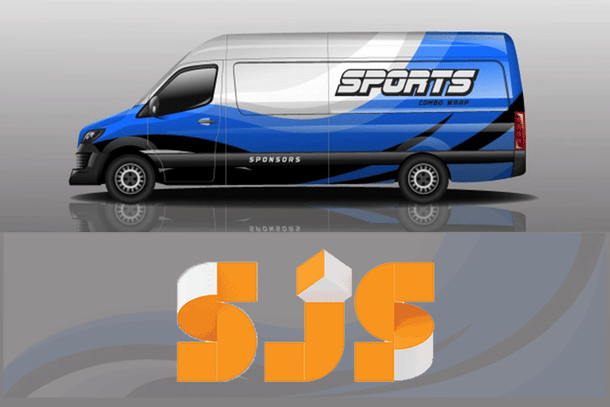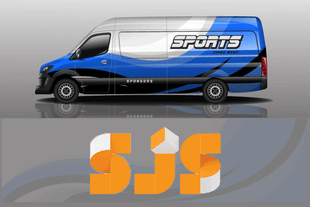Business
Last Day Of SJS IPO: Should You Buy?
Sourav Datta
Nov 03, 2021, 12:36 PM | Updated 01:13 PM IST
Save & read from anywhere!
Bookmark stories for easy access on any device or the Swarajya app.


SJS is a decorative aesthetics company that focuses on the design-to-delivery of aesthetic solutions. The company’s promoters, Evergraph and K.A Joseph, will be selling Rs 800 crores worth of shares to shareholders through an offer for sale. The company will not be raising any fresh equity through the Initial Public Offering.
SJS is a supplier of aesthetic parts to various companies across several sectors but with a special focus on the automotive and consumer products sectors.
In 2021, the company supplied 11 crore pieces consisting of 6,000 different stock keeping units to around 170 customers based across 90 nations.
According to the company’s IPO prospectus, the company’s list of product offerings include decals and body graphics, 2D appliques and dials, 3D appliques and dials, 3D lux badges, domes, overlays, aluminium badges, in-mould labels or decoration parts, lens mask assembly and chrome-plated, printed and painted injection moulded plastic parts.
Further, the company offers a variety of accessories for the vehicles aftermarket under the “Transform” brand.
Evidently, the company’s business is highly dependent on the automotive sector. Sales to original equipment manufacturers contributed to around 70 per cent of the company’s sales. The companies key customer base includes several large automobile companies like TVS Motors, Honda Motorcycle, Bajaj Auto, John Deere, Eicher, Suzuki and others.
It has built strong relationships with its top ten customers, with whom it has relationships of around 15 years on average.
The company had been on a capital expenditure spree between 2018 and 2019. Currently, the company's operation is around half of its total capacity, due to the expansion. But the company does not expect any immediate capital expenditure in the future. Therefore as capacity utilisation rises, margins are likely to increase.
The company’s revenues have grown at a compounded annual growth rate of around 3 per cent over the last two years, due to the Covid pandemic. In addition, the auto sector has been facing a slowdown for a while now.
In terms of operating margins, the company’s margins have stayed stable at around 29 -30 per cent over the past three fiscals. The company has generated positive cash flow over the last three years. In addition, the company has generated positive free cash flow over the last two years.
The company has a net fixed asset turnover of less than two, implying that for every Rupee invested in fixed assets, the company generates less than two rupees in revenue. However, the low NFAT is due to the capital expenditure over the last three years. The company’s debt to equity ratio has also remained quite low.
Key Risks
Customer Concentration Risks
The company has highlighted that the sale to the largest customer accounts for around 21 per cent of the revenue in 2021. However, on a positive note, the revenue share has come down from 34 per cent.
Sales to the top five customers accounted for more than 60 per cent of the company’s revenue, and the top ten customers contributed to more than 85 per cent of the revenue over the last three years.
Industry Risk
The company is mainly dependent on automotive companies for its profits. Therefore, any hiccups in the automotive industry could adversely affect the company’s operations.
The sales to two-wheeler OEMs contributed to 58 per cent of the sales in the financial year 2021, whereas, sales to passenger vehicle companies contributed to 16 per cent of the company’s revenues for the same period. The contribution of the automotive sector has remained above 75 for the last three fiscals.
Competition
The company faces intense competition from other players in the segment. Heavy competition could result in undercutting on the basis of prices. The company does not have long-term supply contracts with customers, making it vulnerable to renegotiations.
Raw Material Prices
Commodity prices have risen rapidly over the past especially for commodities like crude, which in turn affects raw material costs and fuel costs. The company’s raw material costs are made of PVC, PC and inks, which contribute to around 65 per cent of the company’s raw material expenses. Raw material expenses contribute to around 27 per cent of the company’s revenue from operations.





